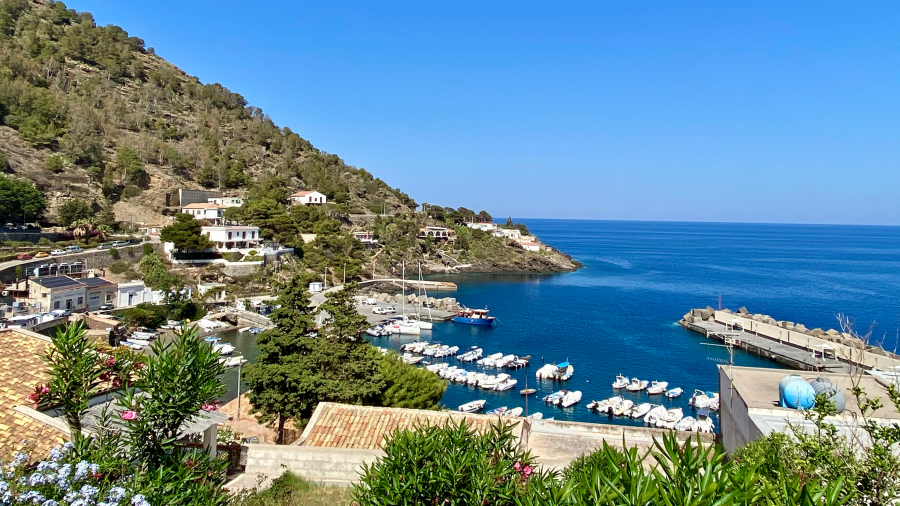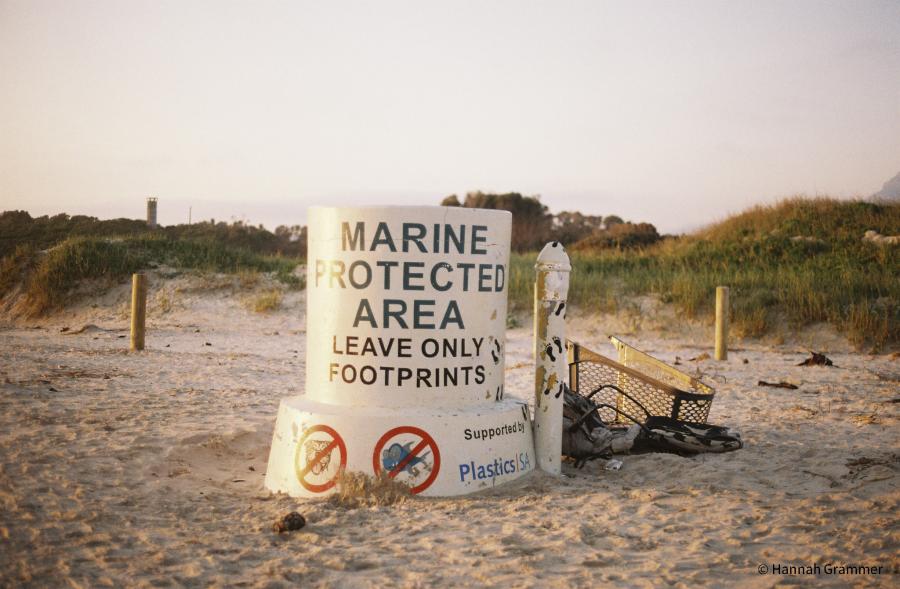
By 2030, scientists estimate that governments will designate almost 30% of the ocean as marine protected areas (MPAs). Despite this increase, however, there is still a limited understanding of the impacts of different MPA types and their management styles.
Dr. David Gill, a former SESYNC postdoctoral fellow and current Assistant Professor at Duke University, is seeking to provide a greater understanding of different MPAs’ effects, with the findings in his recent paper, published by the Proceedings of the National Academy of Sciences.
Gill explained that we are heading into a decade where we may see rapid transformation of the ocean—not only because of climate change and human impacts but also because of policy, which includes the implementation of MPAs.
An MPA, as described by the National Oceanic and Atmospheric Administration, is “a defined region designated and managed for the long-term conservation of marine resources, ecosystems services, or cultural heritage.”
"Never before has there been such an unprecedented effort to conserve marine ecosystems with the 2030 targets to conserve 30% of the oceans—essentially tripling the amount of marine-protected areas around the world," Gill explained. "The implications of applying management to a third of the world’s oceans without a complete understanding of what types of MPAs have what types of effects are pretty significant,” he said.
With their paper, Gill and his colleagues sought to fill this research gap by highlighting the relative impacts of different MPAs and how those can vary in terms of MPAs’ context and management approaches.
While MPAs generally have the same goal of conservation, there are different styles, including no-take (which prohibit any removal of natural or cultural resources) and multiple-use (which still have protective measures in place but allow for some uses, such as fishing, recreation, or other extractive activities).
The paper’s findings confirm previous studies that show no-take MPAs have the most benefits on average, but Gill et. al’s research demonstrates that success varies based on the context of the MPA (e.g., whether it is located in a more remote area vs. a more populated one) and the management style applied.
While no-take MPAs may provide the most benefit on average, Gill explained how implementing that MPA style might not always be possible or ethical. Therefore, he and his team looked at whether multiple-use MPAs, i.e., those that allow fishing, could provide similar benefits under the right context and management style.

“The results do suggest that those MPAs that are well-regulated, in terms of rules pertaining to sustainable use, as well as those that are well-staffed, perform better and perhaps even equivalent to their comparison no-take MPAs,” Gill said.
As a result, Gill said, the implication for policy makers is “that if you do have to implement MPAs that allow fishing, then ensuring that there are strong regulations in place and are adequately staffed may provide additional benefits that would ensure conservation.”
The team hopes that these findings will not only help conserve natural resources but help the larger socio-environmental system, by providing managers with more options than just restricting fishing. Gill explained that implementing multiple-use MPAs that are still effective conservation-wise can benefit populations who are highly dependent on the resources, as well as allow for traditional or Indigenous uses of the ocean.
“The goal is to identify pathways toward not only more effective marine conservation and management but also more equitable approaches,” shared Gill.
Because he and his team look at the linkage between the effects of policy on marine ecosystems and the people who depend on them, they see the ocean as being intrinsically linked—and the ocean and these marine systems as social-ecological systems. He said, “It is impossible to disentangle the ecological from the social components.”
Much of the data used in the study, Gill said he synthesized during his time as a postdoctoral fellow at SESYNC, and he explained how his experience doing interdisciplinary work at the Center has informed his research since.
Gill has not only continued to collaborate with many of the same colleagues from his time at SESYNC but he has especially benefitted from bringing in practitioners across disciplines and sectors who are asking the same research questions to guide their national or global strategies or policies. “By having those who are directly involved in policy and practice, we are better aligned then to disseminate results that are relevant to stakeholders, as well as having pathways to reach them,” he said.
Highlighting the need for greater interdisciplinary collaboration is one of the other key outcomes of this paper, Gill shared.
“We hope that we shed light on the need for really getting an in-depth understanding of the broader social-ecological context in which the work that we’re doing is situated in and how understanding that can help us to do better science, not just collecting data but also connecting with those who work in these systems who have a much richer and more in-depth knowledge of how the system is operating,” he concluded.
Read Gill et al’s article “A diverse portfolio of marine protected areas can better advance global conservation and equity,” here.

